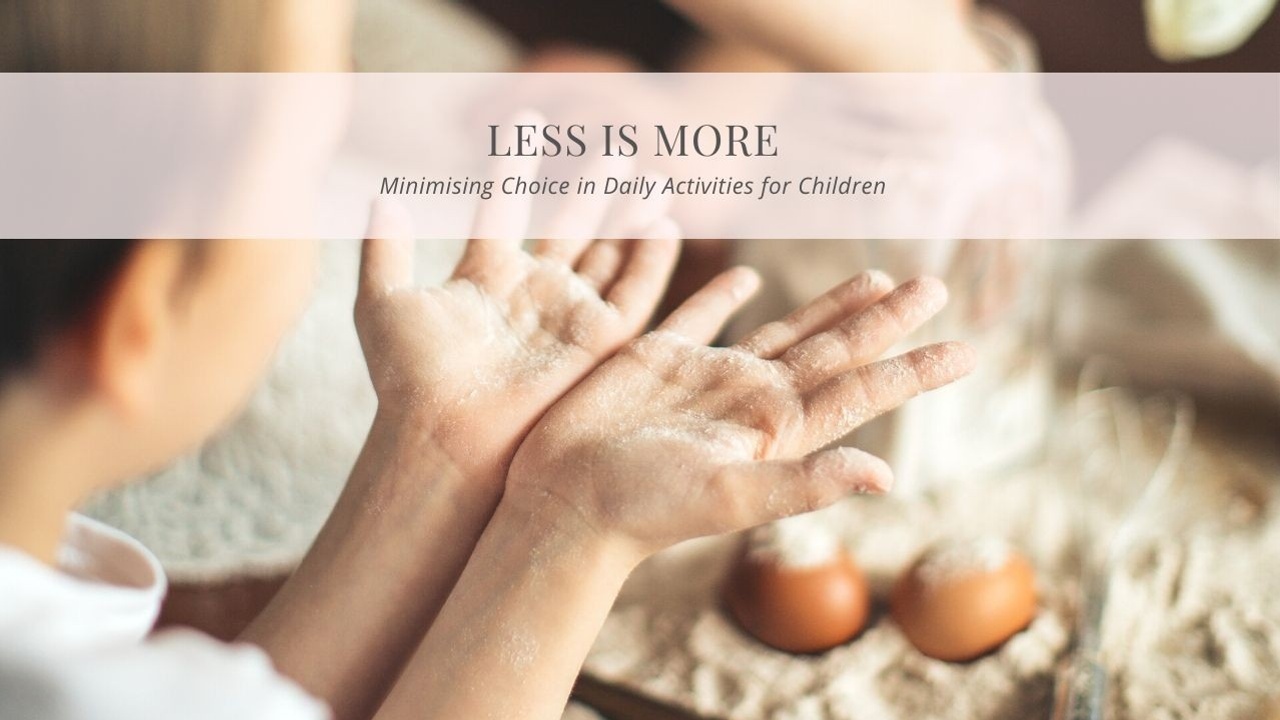
An essential part of children’s development is allowing them to have choice. By letting them problem solve regarding risk-taking we promote self-confidence in their learning.
However, when it comes to having choice over their daily activities, a less is more approach is best and here’s why.
Frequently I speak with educators about the program they’re providing for their children and they’ll have multiple major activities planned for one day. It’s not uncommon for a baking experience, craft, and some painting to occur all in a single day.
This is too much. Children are exhausted.
A less is more approach is needed to foster the deep learning of children and allow them the space to feel the joy of being present and fully engaged in what they’re doing.
When children can deeply immerse themselves into their games, their play and investigate their environment then they learn how to hold focus and think deeply.
Look around you and consider the space you’re providing for children. Is it busy and cluttered? Are there distractions and shiny objects all around them?
Having too much choice can be overwhelming. It is similar to when you go out to a restaurant and if the waiter gives you fifty options to choose from or two choices on the specials menu. It’s much easier for you to connect with a choice and fully explore your option when there is less to choose from.
Similarly, for children, too much choice in daily experiences and they are left feeling overwhelmed, their little minds buzzing.
I really encourage you to consider paring back your program and just choose one, intentional teaching moment, each and every day.
One day might be gardening, another could be craft day, and an excursion on a different day.
By doing so, you not only reduce your own workload but you create a space for your children to be fully present and engaged rather than overstimulated and tired.
So, over to you.
Do you have a packed space or are you naturally a minimalist?

